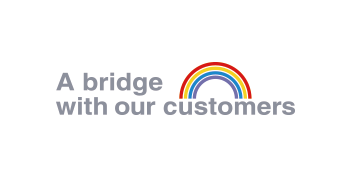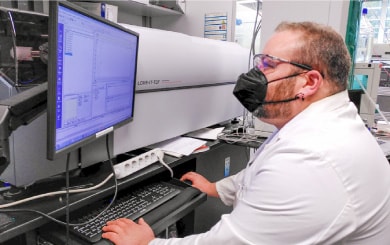
GCMS-QP2020 NX
Qualitative and quantitative evaluation of electrolyte aging, verification of recycling methods, toxicological testing

INDUSTRY
Lithium-ion Batteries, Electronics
KEYWORD
litium-ion battery, LiB, aging, recycling
INTRODUCTION SERVICE&PRODUCTS
GCMS-QP2020 NX

We interviewed Dr. Sascha Nowak, the head of the division Analytics & Environment of the MEET battery research center in Münster. Münster Electrochemical Energy Technology (MEET) at the University of Münster is one of the foremost battery research center in Germany.

Dr. Sascha Nowak
The head of the division Analytics & Environment of the MEET battery research center in Münster
*Affiliates and titles of the interviewee are current as of the time of reporting.
Münster Electrochemical Energy Technology (MEET) at the University of Münster
URL
https://www.uni-muenster.de/MEET/en/institute/index.html
We focus on (electrolyte) aging, transition metal migration and surface investigations, recycling and 2nd life as well as toxicological aspects with regard to working safety. With many newly developed methods, we could discover and verify aging products and mechanisms. Furthermore, all applied methods were transferred to the recycling of lithium-ion batteries to ensure the identification of the recycling components and quality control during the recycling processes.
The competence field electrolyte aging characterizes electrolytes in their various states of operation. Aging effects are observed in terms of qualitative and quantitative investigation using different analytical methods. This also includes the synthesis of substances as standards that are not commercially available. In addition, recycling methods like extracting the electrolytes from cells are analytically developed and validated. Supercritical gases with and without the addition of solvents are being tested for the extraction of electrolyte components from spend batteries. The extraction is carried out either in an autoclave or in commercially available extraction units. To characterize the electrolyte, a wide variety of methods that focus on identification and quantification of the different degradation compounds are used. Reaction schemes are concluded from these measurements that provide a deeper understanding of the manifold processes taking place inside a battery. read more
You can read more in the content below